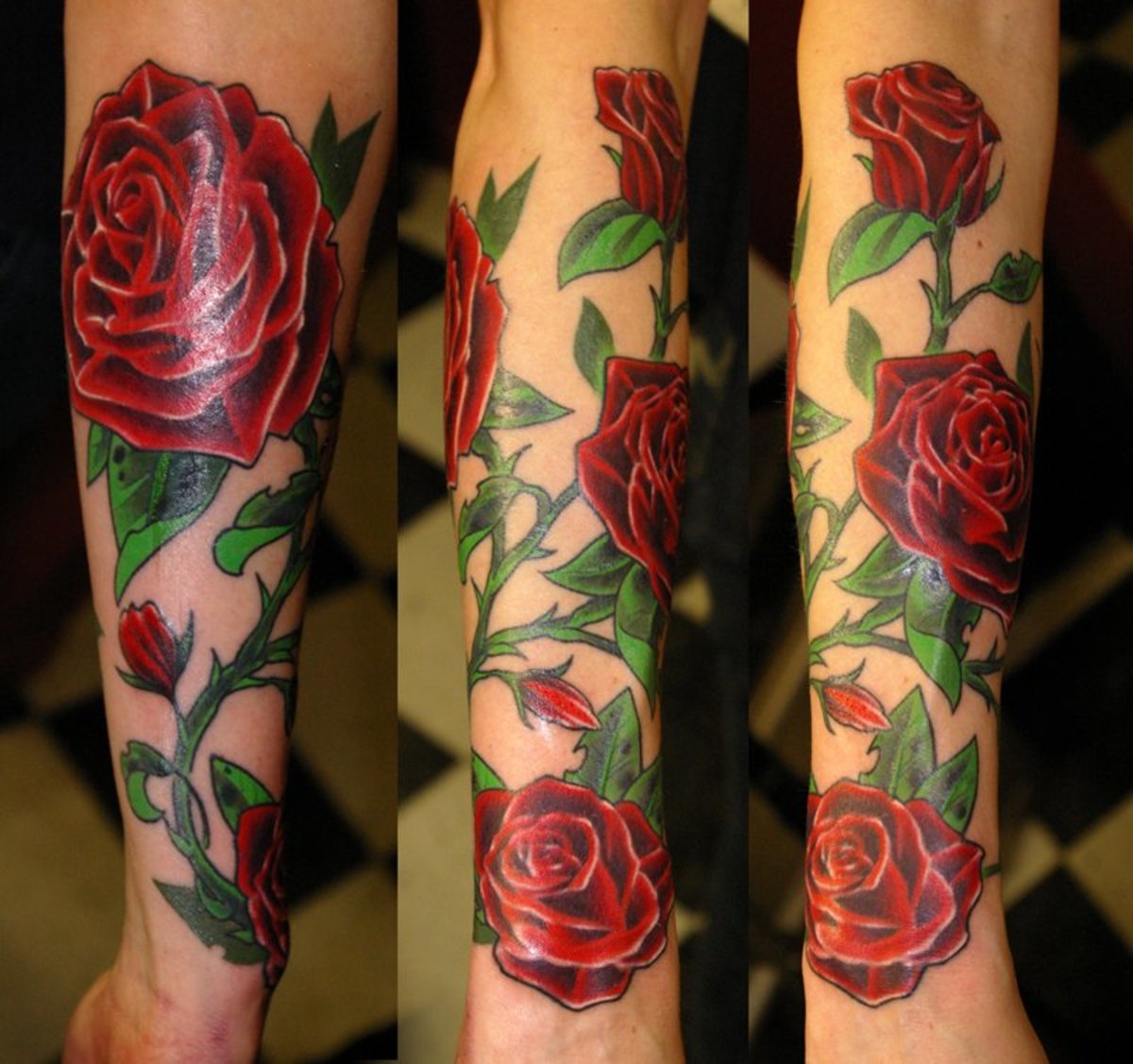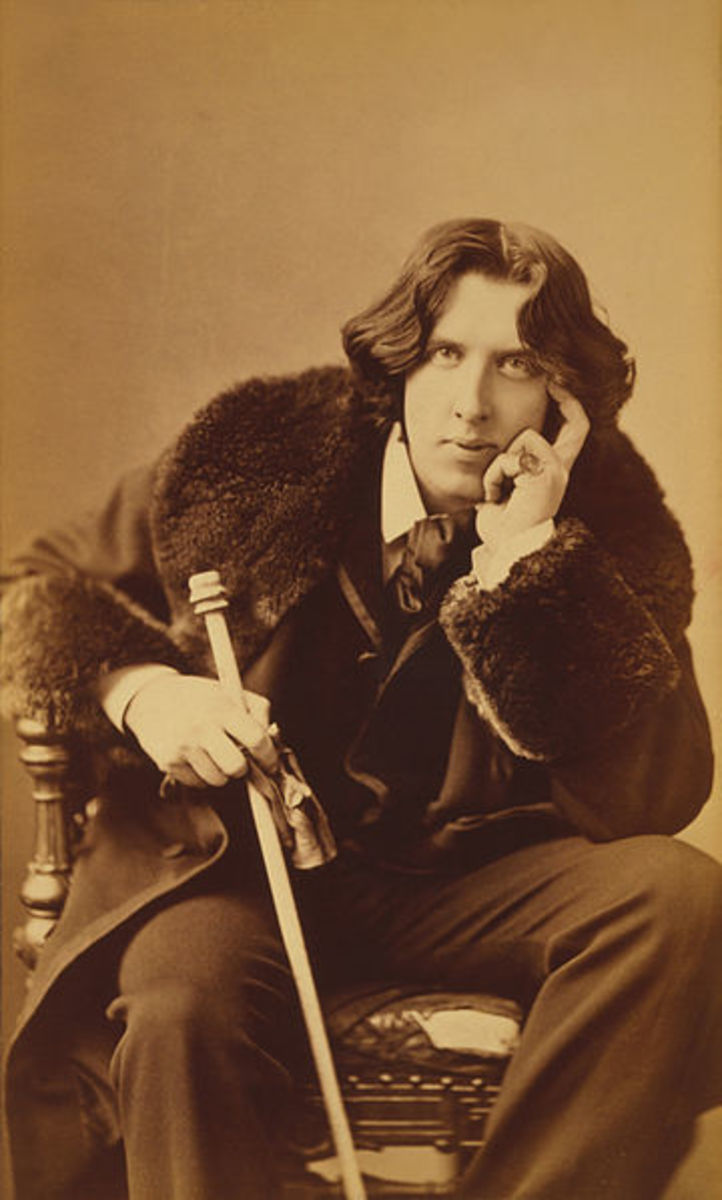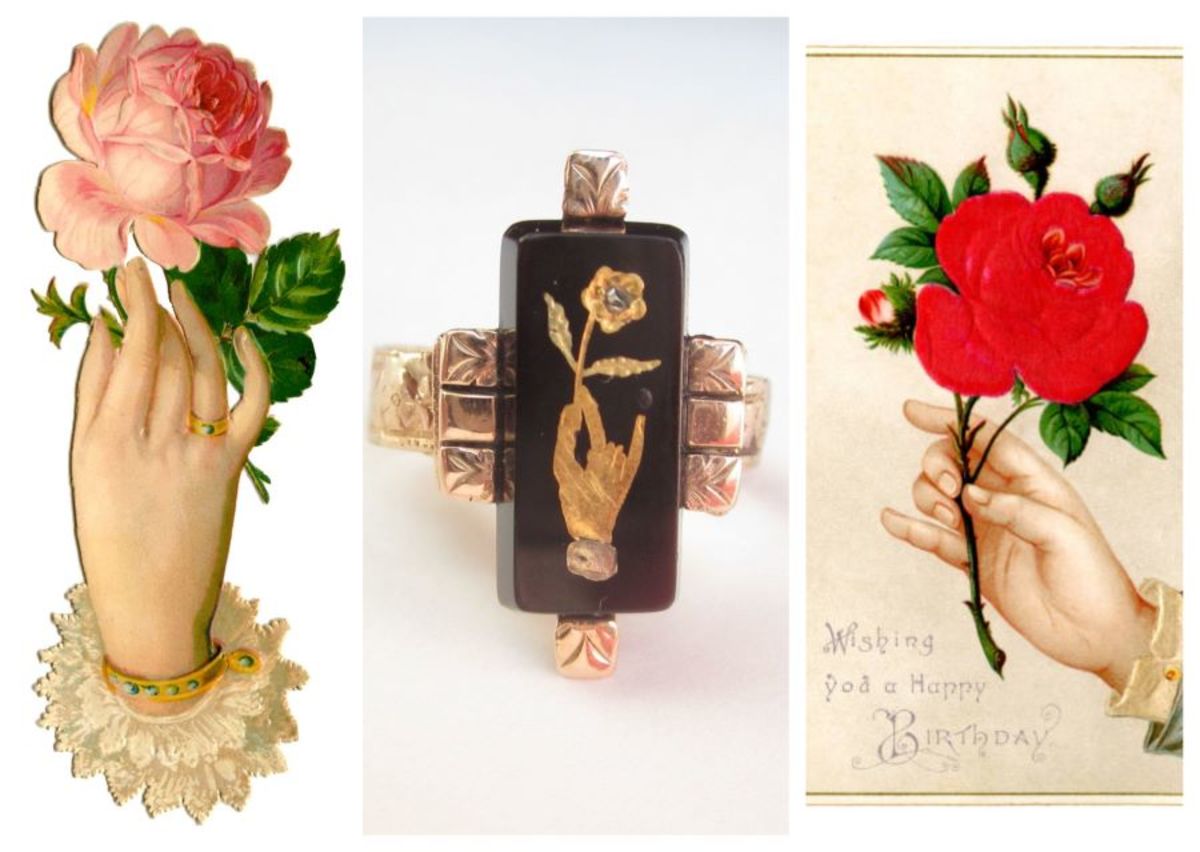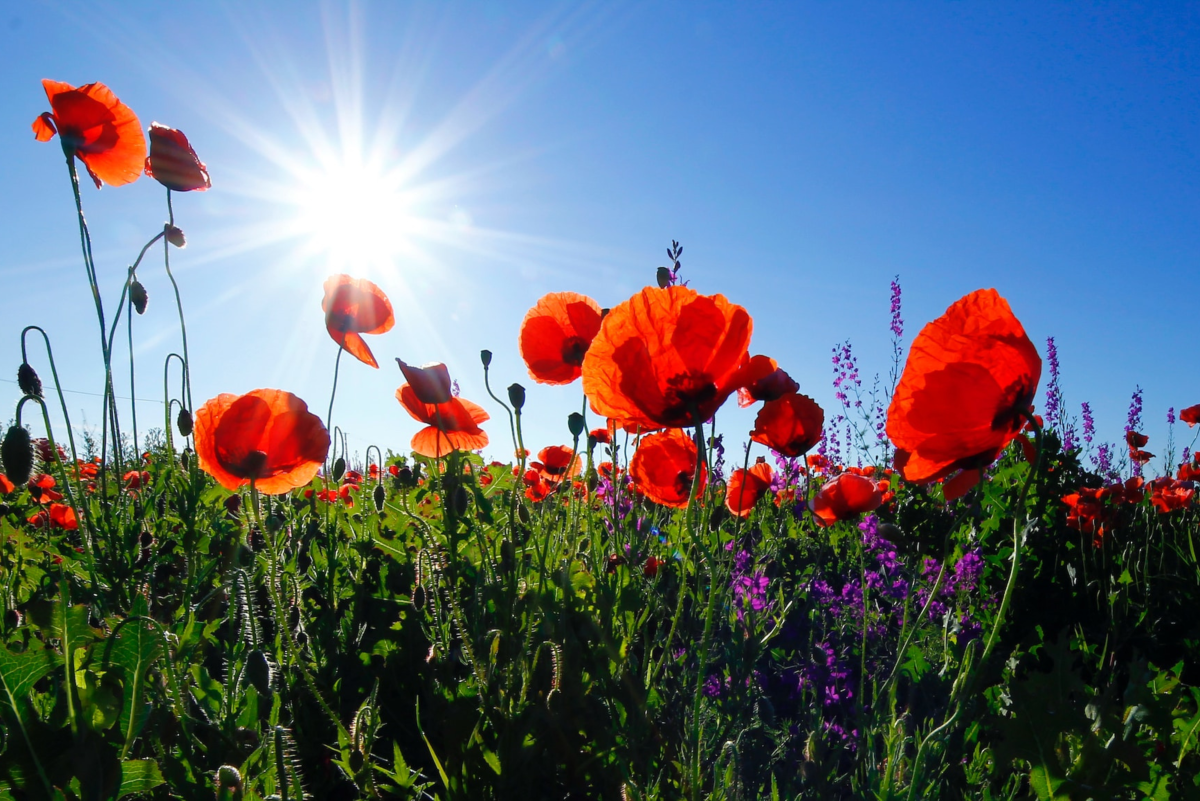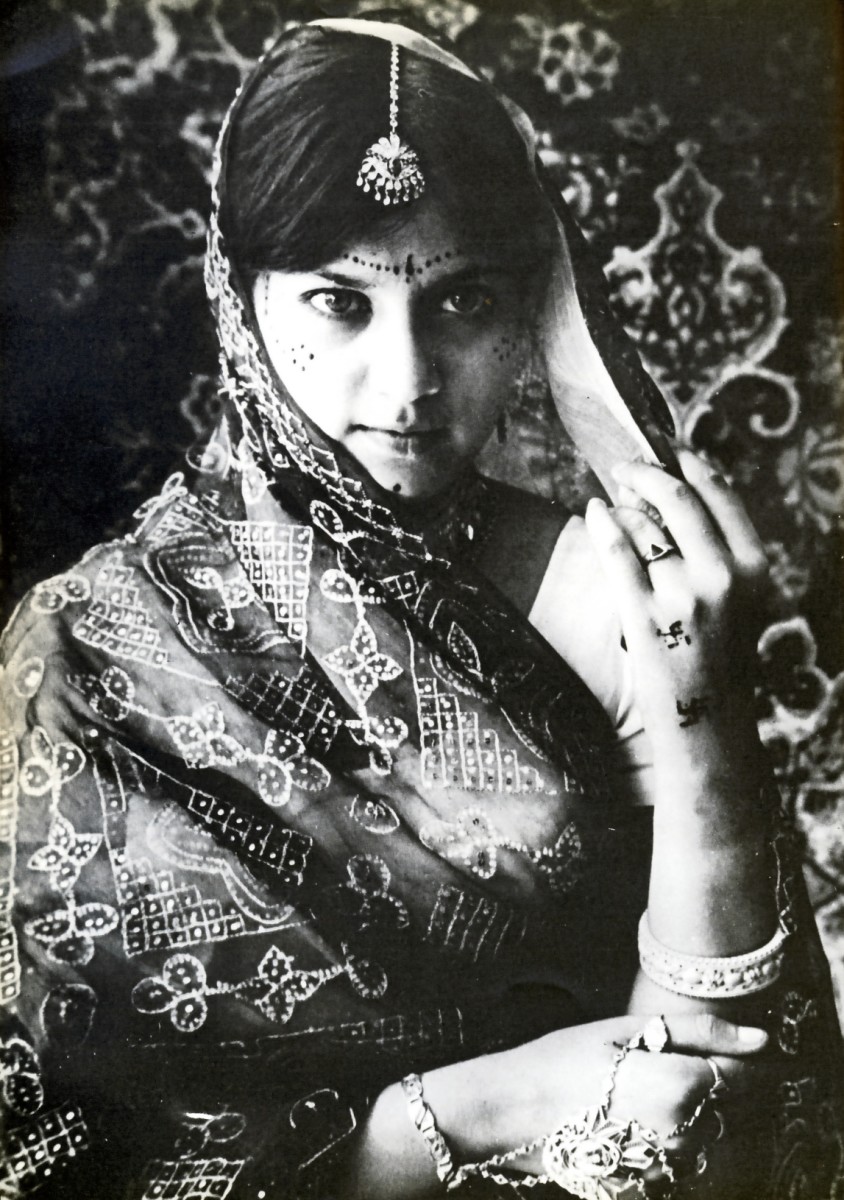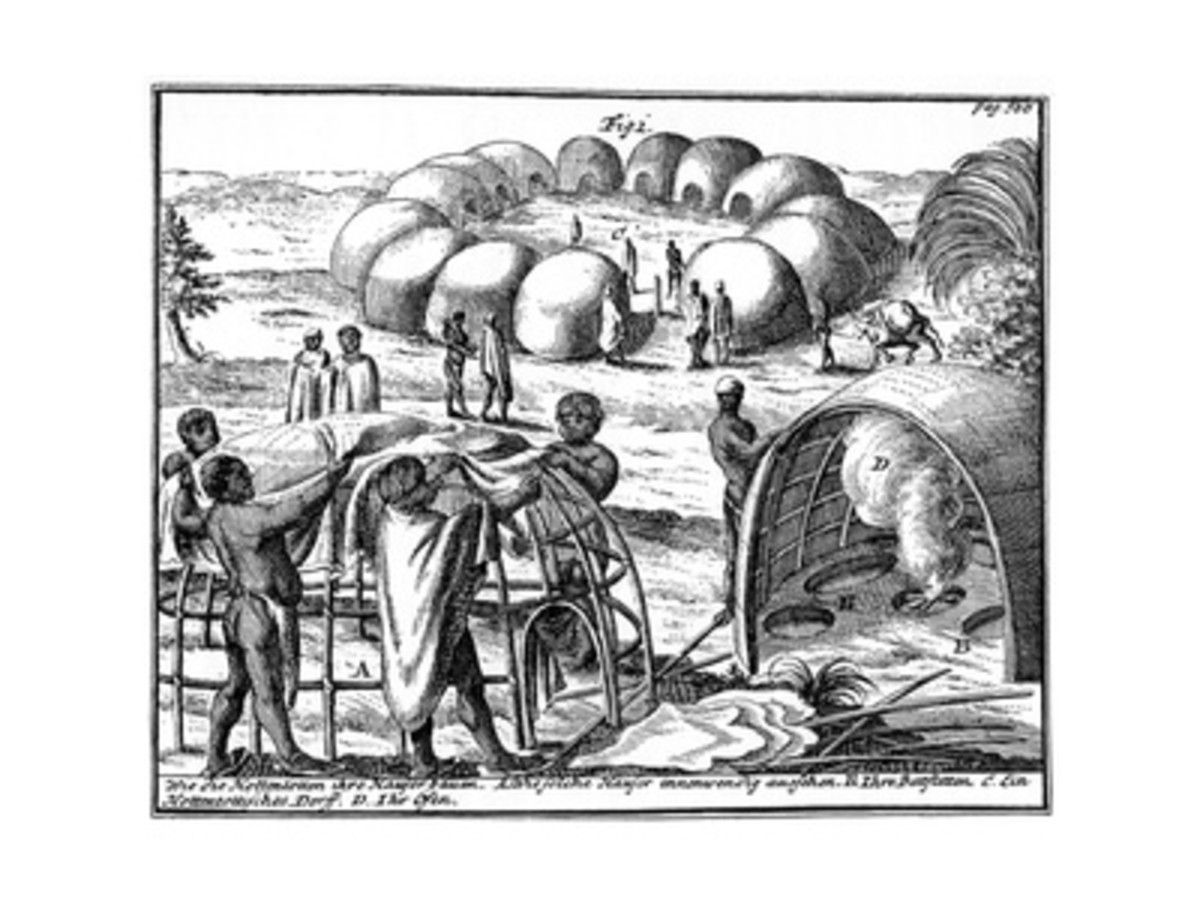- HubPages»
- Travel and Places»
- Visiting Africa»
- Travel to Southern Africa
“A rose is a rose is a rose” - or is it?

Symbol of life and love and devotion
"As we come marching, marching, we bring the greater days.
The rising of the women means the rising of the race.
No more the drudge and idler – ten that toil where one reposes,
But a sharing of life's glories: Bread and roses! Bread and roses!"
- from the poem “Bread and Roses” by James Oppenheim, 1911.
“O, my love's like a red, red rose/That's newly sprung in June” — Robert Burns, A Red, Red Rose
“Americans have always loved the flowers with which God decorates our land. More often than any other flower, we hold the rose dear as the symbol of life and love and devotion, of beauty and eternity. For the love of man and woman, for the love of mankind and God, for the love of country, Americans who would speak the language of the heart do so with a rose.” - Proclamation No. 5574 signed by then president Ronald Reagan on Nov. 20, 1986
“Then she gave one last burst of music. The white Moon heard it, and she forgot the dawn and lingered on in the sky. The red rose heard it, and it trembled all over with ecstasy, and opened its petals to the cold morning air. Echo bore it to her purple cavern in the hills, and woke the sleeping shepherds from their dreams. It floated through the reeds of the river, and they carried its message to the sea.
“Look, look!” cried the Tree, “the rose is finished now”; but the Nightingale made no answer, for she was lying dead in the long grass, with the thorn in her heart.” - From the story “The Nightingale and the Rose” by Oscar Wilde
What do Queen Nefertiti, Maria Callas and Archbishop Emeritus Desmond Tutu have in common? Well, there might be other things, but one thing I know of is that they all have roses named after them.
There can be few, if any, flowers that have the magic and allure of the rose. Roses have been known since time immemorial and have always exerted a special kind of magic on people.
Catholics have for centuries used a “rosary” (literally, rose garden) in their devotions to Mary, Mother of God. The term “rosary” was first used by on Thomas of Chantimpre, who was writing in the mid-13th Century, though his use of the term was not in reference to the beads.
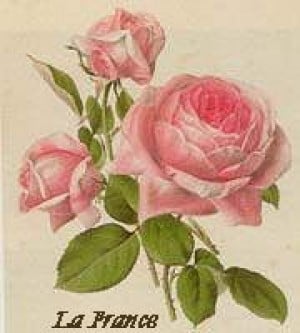
A brief history of roses
Roses have been found in fossils more than 30 million years old. We even know the name of the rose found in those fossils – it is rosa gallica. Roses were cultivated in Chinese gardens some 5000 years ago and were sacred in ancient Egypt. In the Stone Age roses were painted on the walls of caves.
The first hybrid tea rose was La France, introduced in 1867 by Jean-Baptiste Guillot. This date is pivotal in rose lore, as all rose types developed prior to that date are termed “old roses” as opposed to the modern roses developed after that date. The hybrid tea is the largest group of roses with more than 6000 registered types.
Hildesheim Cathedral in Germany has a bush reputed to be the oldest in the world at around 1000 years. It grows against the Cathedral to a height of 20 metres.
Tea roses were introduced to Europe in the early 1800s from Asia. Since then they have become the most popular type.
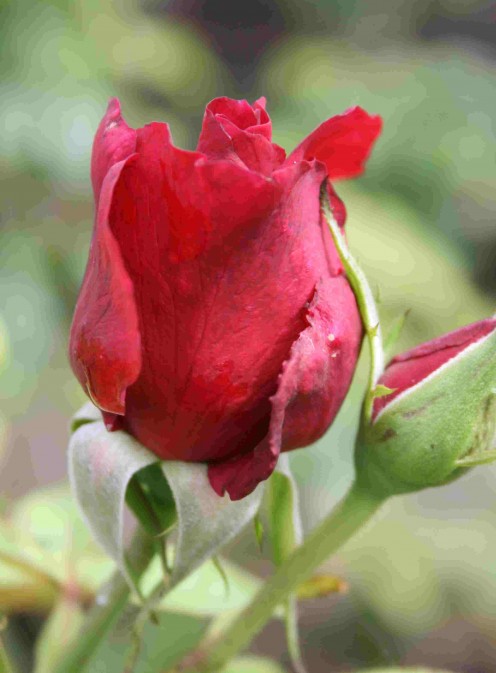

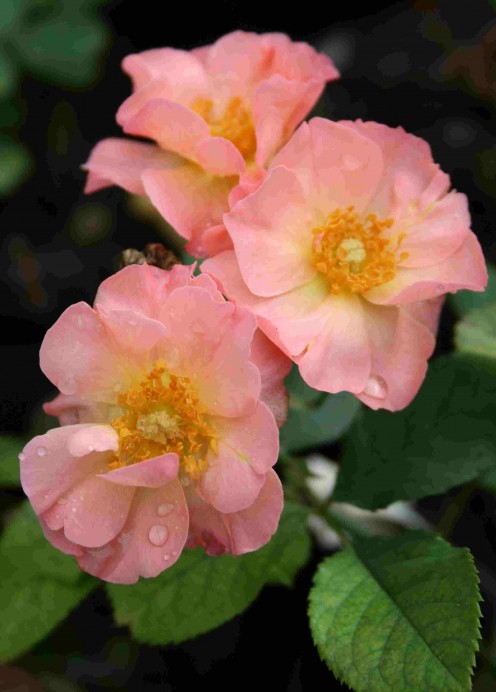
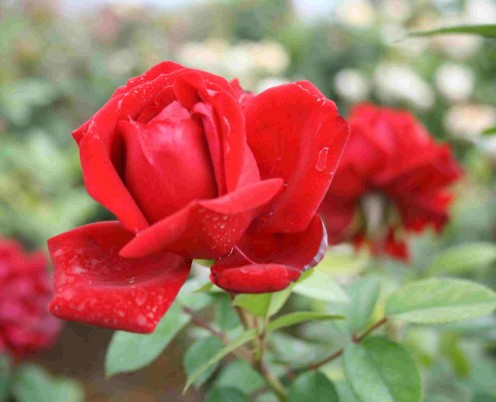
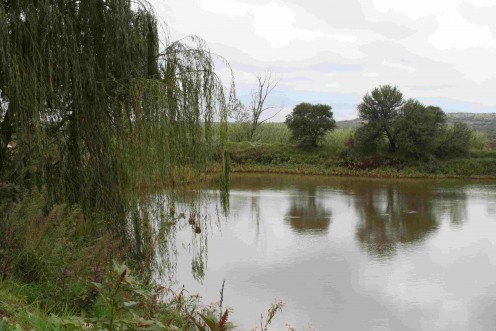
Ludwig's Roses
On Easter Sunday we spent the morning at the premier rose growing farm in Gauteng Province of South Africa, Ludwig's. It was a fun time, though slightly spoiled by the rain.
There was an Easter Egg hunt, games, a tractor train ride, and competitions for the children, and very yummy food for all of us.
The farm also has a lovely dam with weaver birds' nests hanging over the water on the branches of willows trees. There is the restaurant, called The Spiced Coffee, and a gift shop called Thorns and Thing, where one can buy all kinds of rose-related items, including wonderful rose jams and marmalades created by the owner's daughter Heike.
And then, of course, the roses! Ludwig's has about 1000 varieties of them, and grows about half a million rose plants every year.
I walked through the rows and rows of rose bushes simply entranced by the colours, the varieties, the sheer beauty of the flowers.
“But you must come here in October,” Ludwig Taschner, founder and owner of the farm said to me. “In October the flowers are simply magnificent.”
Mental note – go back in October!
I saw roses named after a rugby player (Naas Botha); and Afrikaans pop singer (Karika Keuzenkamp), 'La Divina' Maria Callas, the Dalai Lama, and murdered South African student Leigh Matthews. Then there were also the less flamboyant, but no less beautiful, simple roses, like the floribunda Simply Charming, a delicate pink blossom.
The rose that I most looked out for was the one named for Archbishop Emeritus Desmond Tutu. I found it and loved its deep glowing red colour. The Ludwig's on-line catalogue (http://www.ludwigsroses.co.za/) describes it best: “When Archbishop Desmond Tutu turned 75 in October I was asked to name a rose after him as he and his wife Leah, are great lovers of roses. A sparkling red rose - the rose of love - was chosen and I presented it to him at his birthday bash with my advice that all it needed was water and prayer! He accepted it with his great chuckle but I was (almost) serious. Like Archbishop Desmond this rose is a rugged survivor that flowers under the toughest of conditions. It produces a profusion of long lasting blooms that appear all over the glossy green, leafy background, and call out 'greetings' from afar. The tight pointed buds open into a full nostalgic cup shaped bloom that draws the eye for a closer inspection. The bush itself grows into a loosely branched shrub of neat proportions that has the ability to sprout flowering stems from base to tip from spring into winter.”
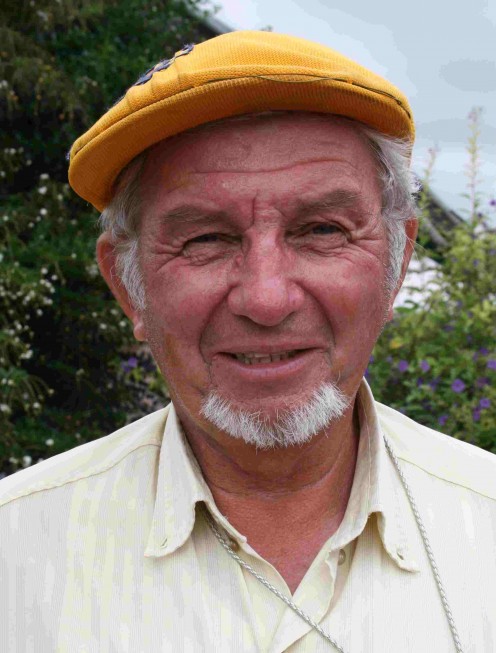
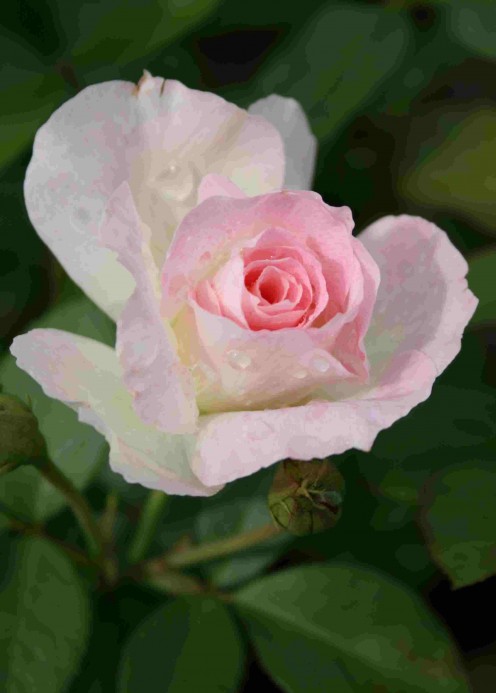
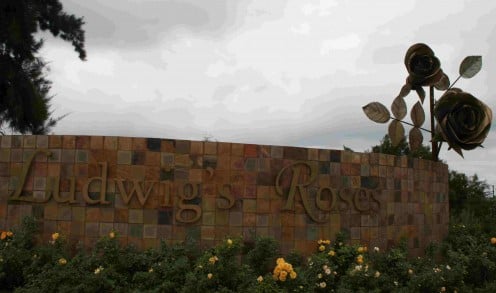
The story of Ludwig Taschner
Master rose grower Ludwig Taschner was born in Germany during the war years in the part which subsequently became the German Democratic Republic (DDR), commonly known as East Germany. He escaped from there in 1960 after getting training as a nurseryman. In West Germany, Switzerland and England he gained experience and while in England decided to specialise in roses.
Herr Taschner came to Pretoria in 1962 and founded Ludwig's Roses in March 1971, having spent the intervening years working for another large nursery business.
The farm is now run by Herr Taschner and his son Halmar, while his two daughters also contribute. Older daughter Heike is responsible for the delicious rose derived syrups, jams and marmalades which are sold in the shop on the farm. Younger daughter Anja is an artist and also contributes to the business, running the miniature pot rose production department.
There is a butterfly tunnel on the farm where visitors can see butterflies in all their beauty in all stages of their metamorphosis.
Herr Taschner has written books on the subject of roses. He is deeply involved in rose societies in South Africa and is committed to educating people about the beautiful flowers. For the past 25 years he has edited all the publications of the Federation of Rose Societies of South Africa.
The farm employs about 130 workers who work to keep the 1 million rose bushes in top condition.
Walking along the “Rose Mile” on the farm is a heady experience with the wonderful scent of the roses creating a wonderfully calm ambience.
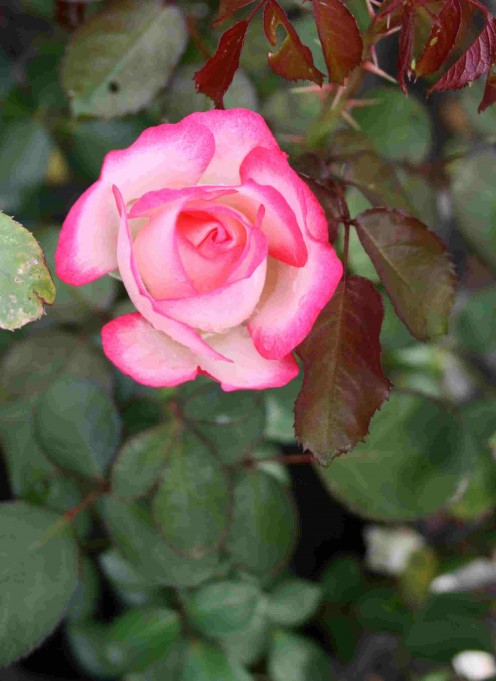

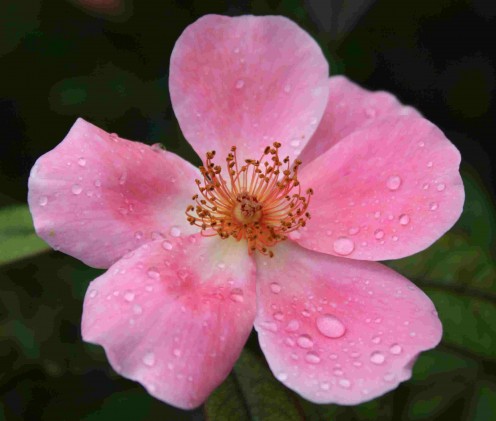

The meanings of the rose
The rose has long had a special place in the art and lore of humanity, as can be seen in the quotes at the top of this Hub.
Roman emperor Nero in about 50AD spent the equivalent of about US$225000 to have a beach covered with rose blooms to celebrate a special occasion.
Nowadays passionate lovers spend similar amounts on bouquets of roses to impress their loved ones. And of course St Valentine's Day sees a profusion of rose-themed cards, as the red rose is traditionally linked with passion and romantic love. As Robert Burns wrote, “My love's like a red, red rose.”
The poem “Bread and Roses” is by James Oppenheim and was written in 1911. It has become symbolic of the famous textile strike in Lawrence, Mass in early 1912, which was led by women textile workers. The slogan “bread and roses” has come to symbolise the struggle for both food and beauty.
In his story “The Nightingale and the Rose” Oscar Wilde resurrected an ancient Persian story. It tells of the lovelorn student who is told by the woman he adores that if he gives her a blood red rose she will dance with him the whole night long at a forthcoming ball. He is shattered when he is unable to find a red rose. His misery is seen by the nightingale which tries to help by finding a red rose for him, but all she can find is white roses. In the end the rose tree growing beneath the student's window tells the nightingale that she “must build it out of music by moonlight, and stain it with your own heart's-blood. You must sing to me with your breast against a thorn. All night long you must sing to me, and the thorn must pierce your heart, and your life-blood must flow into my veins, and become mine.”
The student gets his rose, but, tragically, the lady of his dreams still rejects him and so the beautiful nightingale's selfless sacrifice is in vain.
The title of this Hub comes, of course, from Gertrude Stein's 1913 poem “Sacred Emily.”
Finally the story of the famous “Peace Rose” is told in Antonia Ridge's popular love story, For the Love of a Rose. The “Peace Rose” is properly called the Rosa 'Madame A. Meilland' after the wife of the French horticulturist who developed the cultivar, M Francis Meilland.
At the inaugural meeting of the United Nations in San Fransisco in 1945 each delegation was given Peace Roses with a note which read : "We hope the 'Peace' rose will influence men’s thoughts for everlasting world peace". Amen to that!
Copyright notice
The text and all images on this page, unless otherwise indicated, are by Tony McGregor who hereby asserts his copyright on the material. Should you wish to use any of the text or images feel free to do so with proper attribution and, if possible, a link back to this page. Thank you.
© Tony McGregor 2010

